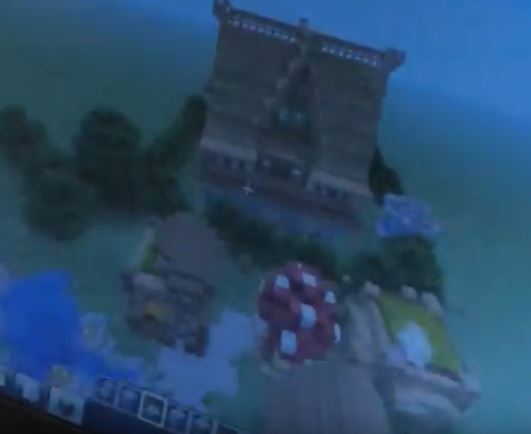Submitted by: Kimberly Tolbert
School: Henrico High School
Summary
Students will review professional magazine covers individually and in groups and discuss how the text and graphics support the overall message. Each student group selects favorite covers and presents them to the class, discussing the attributes of each cover .Each student then designs a minimum of three covers that he or she would like to create and completes thumbnail sketches of the top two. The teacher presents lessons on video lighting, photo shoot techniques, and beginning to advanced techniques with Adobe Photoshop. Students perform a gallery-walk to give each other feedback on the photo products that they have created. Students then begin designing their own magazine covers. Each day ends with a 15 minute group look at famous or effective magazine covers for ongoing visual inspiration. This also serves as time for students to ask questions about a particular technique that they admire that would benefit the entire class. Each student presents his or her cover, along with the original planning page. The class goes through the steps of a formal critique, analyzing, interpreting and judging the final outcome. Students self assess, comparing previous knowledge to acquired skills and discuss their problem solving. Students complete a written self-assessment of their process and the finished product. The class does a secret ballot vote of their favorite class magazine cover. The winning cover gets printed in a poster‐sized banner and hung in the classroom.
TIPC Ratings
This lesson falls at the developing level of research and information fluency. The teacher models how to find trustworthy websites and provides the first example website. Students evaluate copies of teacher provided magazine covers and find and vet others sites containing example covers. Student perform research in publication marketing and advertising design in order to design effective, professional magazine covers of their own. Students appraise the information for relevance to their own ideas and compose an authentic visual plan for their own magazine theme and cover.
This lesson falls in the developing level of communication and collaboration. Students participate in a classroom discussion as a group with the guiding question: “What makes magazine covers interesting?” Next, student-derived groups work together in class to perform digital research and understand design concepts. Once a theme is chosen for the magazine, pairs of students complete photo-shoots, and then students work individually to complete their own original magazine covers. During the process, students conduct gallery walks in order to provide feedback to each other as they continue to design the final product. At the conclusion of the project, each student presents his or her cover along with the original planning page.
This lesson falls in the developing level of critical thinking and problem solving. Students analyze professional magazine covers, explain what message each design sends to its audience and question design effectiveness. They then derive their own research questions about design and discuss the answers as they further research and analyze professional products. Using the information gained through this process, students design their own original themed magazine cover. Each day ends with a fifteen-minute group analysis of a famous or effective magazine cover for ongoing critical stimulation and visual inspiration. Once each cover is complete, the class goes through the steps of a formal critique, analyzing, interpreting and judging the final outcome. All students self-assess their final product and process orally and in writing by comparing previous knowledge to acquired skills and discussing their problem solving process.
This lesson falls in the approaching level of creativity and innovation. In the role of “Creative Design and Production Director,” students use knowledge gained through research to design their own themed magazine cover. During the creation process, students decide on articles that fit into the theme of the magazine and article titles to display on the cover that would generate interest in the magazine. The teacher provides training and instruction on digital photography, photography lighting, and Photoshop over series of days prior to and during the project and acts as coach and trainer during the project to support the technical aspects of the production. To complete the design of the magazine cover, each student chooses a partner and designs and assembles a photo of him or herself that would be the cover of the magazine and would reflect and compliment the theme of the magazine and designs artwork to compliment the theme. The photos and artwork are combined using Adobe Photoshop. Once the work is complete students provide feedback to each other regarding the final design and its success toward achieving the intent of the magazine.






